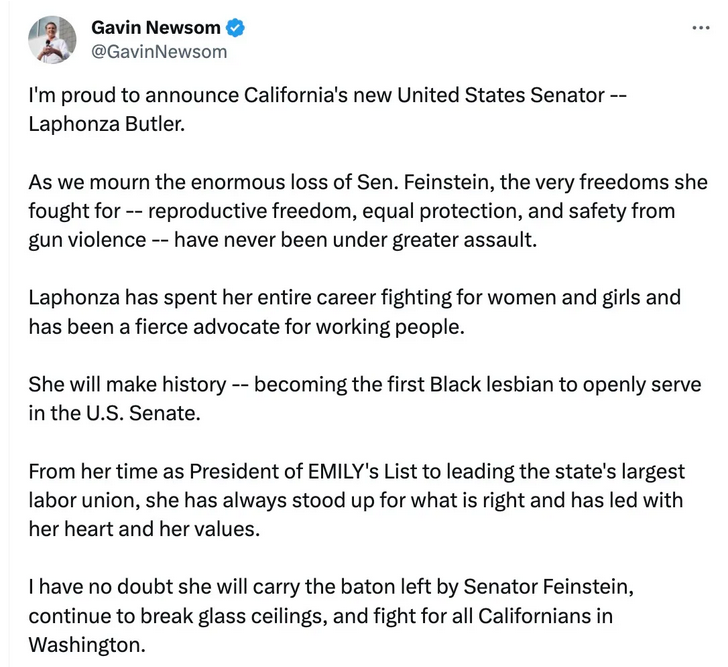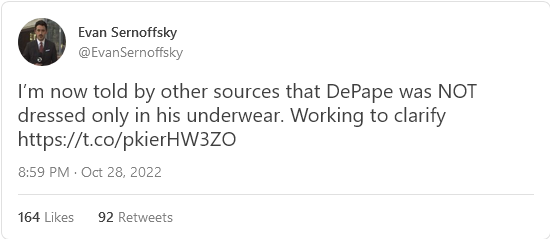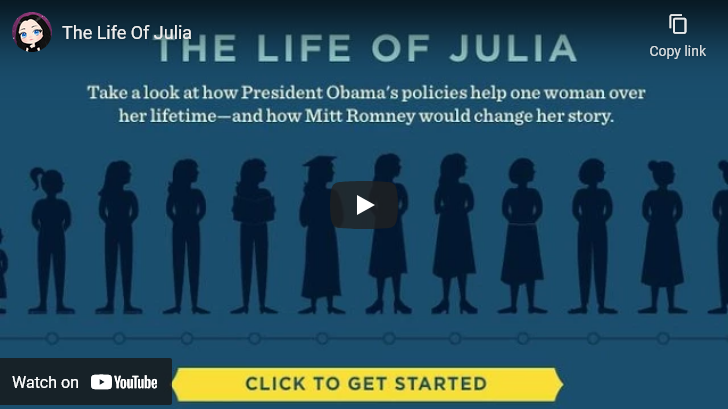Brendan O’Neill recounts the very sad tale of a 90-year-old woman who has been cancelled by the charity she’d volunteered for over 60 years for questioning mandatory “preferred pronouns”:

Two people at EuroPride 2019 in Vienna holding an LGBTQ+ pride rainbow flag featuring a design by Daniel Quasar; this variation of the rainbow flag was initially promoted as “Progress” a PRIDE Flag Reboot.
Photo by Bojan Cvetanović via Wikimedia Commons.
This strange case tells us so much about our times. It confirms that pronounology is tantamount to a religion among the godless new elites. Showy declarations of one’s pronouns play an entirely doctrinal role. They’re the means through which the new establishment – and those who aspire to enter its rarefied ranks – signal their fealty to the god of political correctness, and to that especially angry god of transgenderism. This is why anyone, like Mrs Itkoff, who questions the faddish mumbo jumbo of putting “he / him”, “she / her” or “they / them” after one’s name must be dealt with severely – because they’re not only querying a way of speaking; they’re blaspheming against the entire cult of correct-thought that the new elites have built in order that they might distinguish between good people and bad people, between in-group folk and out-group folk.
Ostentatious pronoun declaration serves no practical purpose. Consider that even Joe Biden has declared his pronouns. No one is going to mistake this 81-year-old fella for a she / her or they / them. We know dozy old Joe’s a bloke. No, he says “he / him” not to be helpful but to signal his unswerving allegiance to elite opinion, to demonstrate his devotion to the new ruling ideologies. This is why the political class, the corporate world and sharp-elbowed youths who want to get their hands on those levers of cultural power make such a big deal of declaring their pronouns – because they know this religious incantation is a door-opener par excellence.
The reason I never use “preferred pronouns” is simple: I don’t subscribe to the neo-religion of gender ideology, which would have us believe that there are two you’s – your mysterious inner gendered soul and your outward biological appearance. Every time we declare our pronouns, or genuflect to someone else’s “preferred pronouns”, we are implicitly buying into this very modern delusion, this woke hocus pocus. I’m with Mrs Itkoff – the idea that people can choose their pronouns, rather than being allocated pronouns that accord with the truth and reason of their biological sex, doesn’t “make sense to me”.
The Itkoff case also confirms how cavalierly despotic woke has become, especially its post-sex, post-truth trans wing. The trans ideology has enacted numerous cruelties on women. Rapists in women’s prisons, men in women’s domestic-violence shelters, women’s sports almost entirely upended by an invasion of mediocre blokes who’ve changed their name to Crystal or whatever – there is no female right, no basic tenet of decency, that cannot be sacrificed at the altar of gender validation. Now, even the charitable urges of an elderly lady can be thrown on to the bonfire of the cruelties – goodness erased in the name of never offending men who think they’re women. That so-called progressives back this sacrifice of women’s right to organise and speak as they see fit in the name of appeasing delusional men is concerning in the extreme.
Then there’s the ageism. We need to talk about the searing hostility of the woke towards older people, especially older women. You don’t even have to be 90. Witness the ceaseless haranguing of “Karens”, a derogatory term for middle-aged, mostly white women who dare to stand up for themselves in public. They’ve become the hate figures of our time. The author Victoria Smith refers to it as “hag hate”, an “ageist misogyny” aimed at women who are perceived not only to be past their supposed sell-by date, but also, even worse, to be possessed of “incorrect” beliefs. The old ducking of hags in open water has been replaced by the shaming of hags on open web forums.
Partly, it’s just old-world ageist sexism rehabilitated in PC lingo. It should not be surprising that the cult of transgenderism – an ideology that indulges men’s jealous coveting of the hyper-sexualised female body – should be so staggeringly hostile to older women. To women who have “sagged”, whether physically or morally, and thus put themselves beyond the cravings of trans activists who seem to value only the young, the pert, the sexualised. That women are human beings, who go through every stage of human existence, seems to be beyond the moral grasp of trans ideologues for whom womanhood is costume and little more.
But there’s something else going on, too. Today’s fashionable ageism is not only misogynistic – it’s Maoist. When I read about the case of Fran Itkoff, it was Maoism that came to mind. For wasn’t that also a crusade against “the old”? Those hotheaded cancellers of 1960s China openly declared war on the “Four Olds” – old ideas, old culture, old customs and old habits. They demonised and tortured those who gave voice to “old” ideals. Are we not witnessing something similar today? Statues of “problematic” historical figures are torn down, “offensive” old literature is rewritten, old people – like Fran – are sent into social oblivion. Wokeness is Maoism with better PR. We need to do something about it before we arrive in a world where people like Mrs Itkoff are not only cancelled but are also made to stand in public squares with placards around their necks identifying them as rancid old wrongthinkers. It is time to defend “the old” from the crazed young of the woke crusade.





















